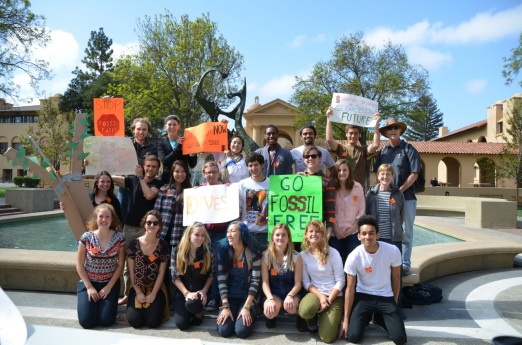by members of Stanford Students for Queer Liberation (SSQL)
 We are the group of students responsible for the “equality is not justice” flyers last week. Because we are interested in both raising awareness and increasing understanding, we collaborated on a brief summary of each topic listed on the posters.
We are the group of students responsible for the “equality is not justice” flyers last week. Because we are interested in both raising awareness and increasing understanding, we collaborated on a brief summary of each topic listed on the posters.
This article is meant to be shared! However, it is not meant to be the last word on any of the topics below: our foremost goal is to encourage discussion within the Stanford community.
Interested in continuing the conversation? Please consider submitting your ideas to STATIC!
Fear is not governance
Here, we are referring to the illusion that control is gained through fear or fear tactics and, furthermore, that legitimate government rule can be claimed when the majority of the population lives in a state of fear. Moreover, we are addressing the fact that fear is a tactic utilized by the United States, whether conscious or unconscious. Consider, for example, the reaction you have when you see a police officer. Are you afraid or comforted? Why? Also consider jails, which – though they seem to promise safety – are also an implicit threat by the state.
Apathy is not neutral
When we say that apathy is not neutral, we mean that – in many cases – apathy is a privilege. When we choose not to educate ourselves or to do nothing, it is with the knowledge that our lives will not be adversely affected – and not everybody is in such a position.
Another implication of apathy is the fact that, when there is apathy on the part of the state, entire groups of people may suffer. When legislators pay less attention to the well-being of groups such as trans* people of color, for example, this does not represent a simple oversight: it reflects a lack of commitment to the survival of a group that is consistently persecuted in this country.
Continue reading →



 We are the group of students responsible for the “equality is not justice” flyers last week. Because we are interested in both raising awareness and increasing understanding, we collaborated on a brief summary of each topic listed on the posters.
We are the group of students responsible for the “equality is not justice” flyers last week. Because we are interested in both raising awareness and increasing understanding, we collaborated on a brief summary of each topic listed on the posters.





